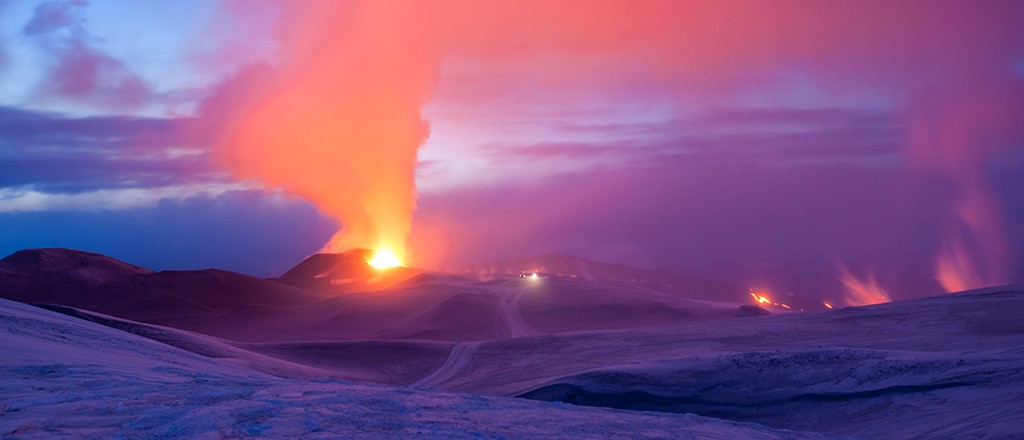How Iceland Dealt with a Volcanic Financial Meltdown
Sep 12, 2018

Sep 12, 2018
- Business Radio
- Podcasts

- Twitter
- Facebook
- LinkedIn
- Google+
- Email
- Comment
- Subscribe on iTunes!
MIC LISTEN TO THE PODCAST:
Wharton's Philip Nichols and University of Iceland's Thorvaldur Gylfason discuss Iceland's economic recovery.
Audio Player
00:00
00:00
In an art museum in Reykjavik stands a mural that looks, from a distance, like a pointillist painting. Those who venture closer discover that the work – a creation of artist Ragna Robertsdottir – is fashioned from tiny fragments of volcanic rock and ash from Mt. Katla, long considered one of Iceland’s most ferocious volcanoes. The mural offers a glimpse of Iceland’s genius in taking a powerful destructive force, such as a volcanic eruption, and transforming it through ingenuity and effort into art of breathtaking beauty. Robertsdottir’s creation could well serve as a metaphor for the country’s financial debacle, ten years ago this week, and its revival during the decade that has followed.
During the early 2000s, Iceland saw an unprecedented boom led primarily by its banks. The country’s top three financial institutions — Glitnir, Kaupthing and Landsbanki — rapidly built their international operations, attracting torrents of cash from around the world. By the end of 2007, the banking triumvirate had morphed into global giants whose assets were nine times the size of the country’s GDP. But the good times ended in the fall of 2008. At that time, Lehman Brothers was collapsing in the U.S. and the Great Recession was wreaking havoc worldwide. Unlike the U.S., which treated major financial institutions as being “too big to fail,” Iceland treated its banks as being “too big to save.” All three...